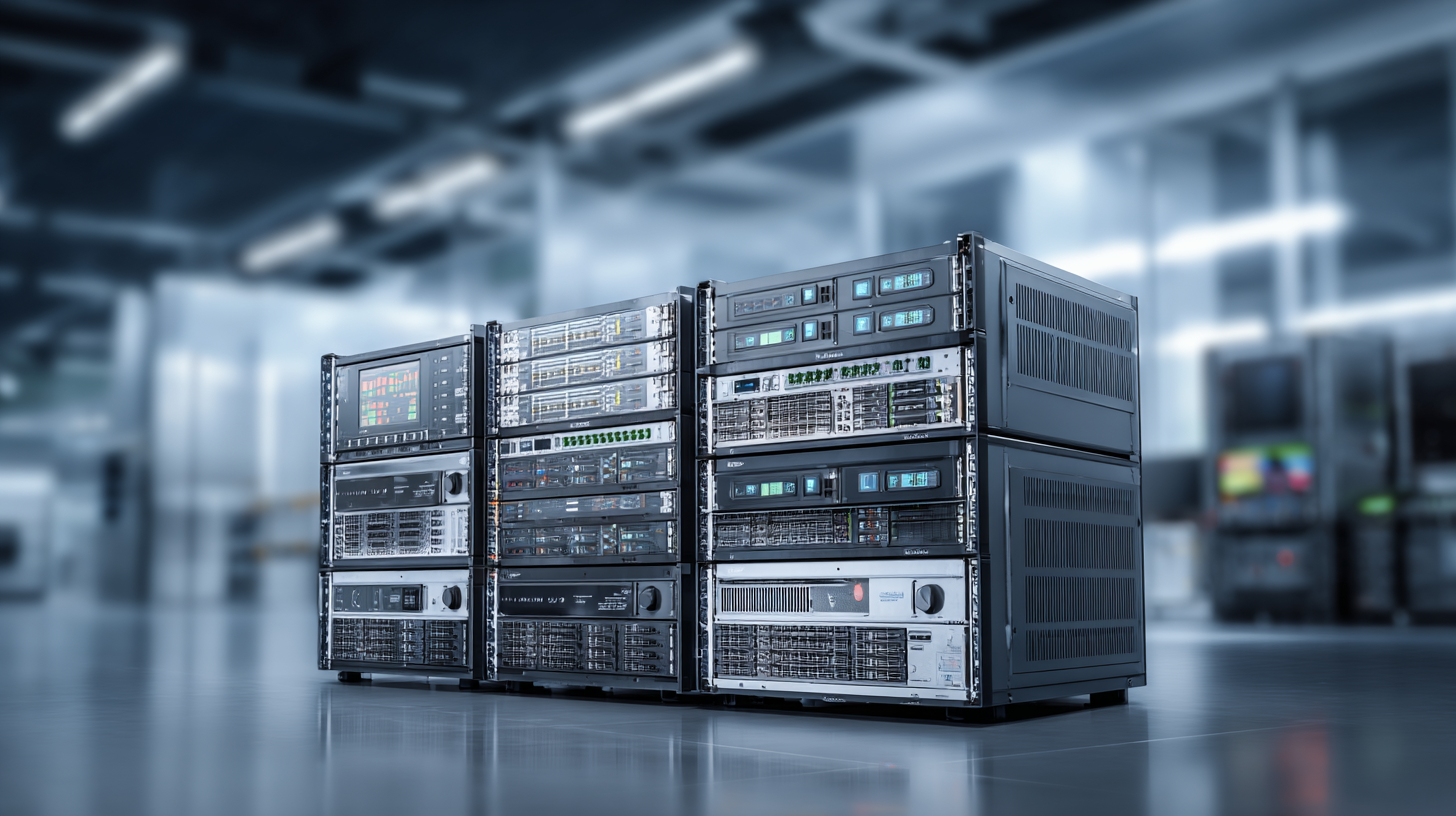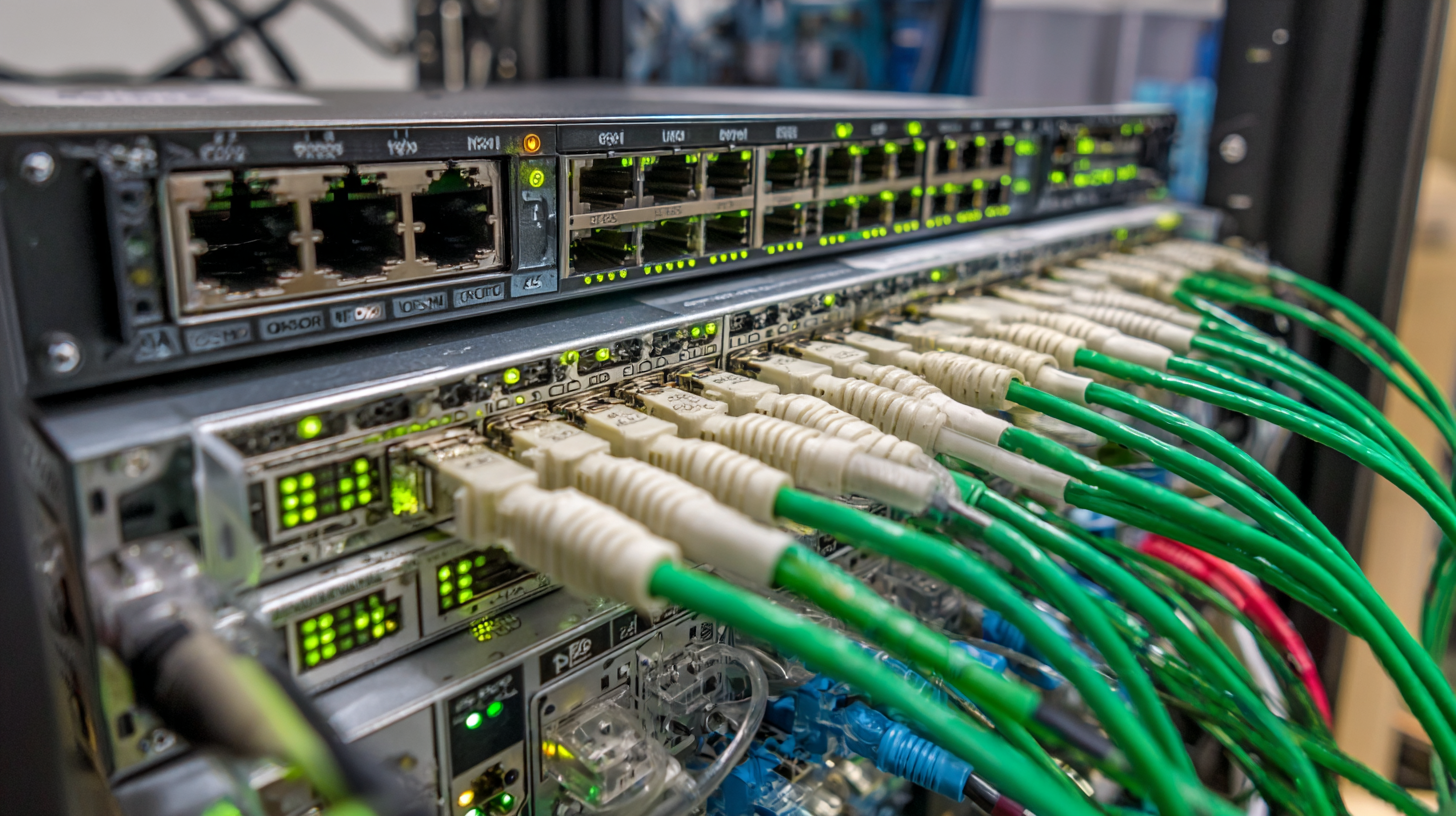In the rapidly evolving landscape of networking, efficient after-sales support and manageable repair costs play a pivotal role in maximizing investment returns, particularly for solutions like the Juniper Networks SRX Series. According to a report by Gartner, organizations that prioritize after-sales service experience up to a 20% increase in customer satisfaction and retention, further enhancing the overall value of their technology investments.

The SRX Series, known for its robustness and performance, is not only a preferred choice for enterprises looking to bolster security but also stands out due to its comprehensive support offerings. By understanding the dynamics of repair costs and support services, businesses can make informed decisions that ensure their Juniper Networks SRX Series devices operate optimally, thus preserving infrastructure reliability and reducing total cost of ownership.
 Understanding after sales support for Juniper Networks SRX Series is crucial for maximizing your investment in this advanced security solution. With the increasing complexity of networking environments,
effective after sales support can significantly mitigate repair costs and downtime. Industry reports indicate that companies investing in comprehensive support services can reduce operational interruptions by up to 30%, translating into substantial cost savings over time.
Understanding after sales support for Juniper Networks SRX Series is crucial for maximizing your investment in this advanced security solution. With the increasing complexity of networking environments,
effective after sales support can significantly mitigate repair costs and downtime. Industry reports indicate that companies investing in comprehensive support services can reduce operational interruptions by up to 30%, translating into substantial cost savings over time.
Moreover, the landscape of after sales support is evolving, with companies now seeking solutions that integrate seamlessly with their existing IT infrastructure. Recent partnerships in the industry, such as those involving managed SD-WAN platforms, highlight the importance of
collaborative support systems. These partnerships not only enhance service offerings but also provide customers with scalable solutions tailored to their specific needs. As businesses continue to prioritize network security, leveraging Juniper's robust support framework
will ensure that enterprises are equipped to address potential vulnerabilities efficiently and effectively, ultimately leading to a better return on investment.
When it comes to optimizing investment in networking equipment like the Juniper Networks SRX Series, understanding the key factors influencing repair costs is essential. According to industry reports, maintenance expenses can account for up to 30% of the total cost of ownership over the lifecycle of network devices. This emphasizes the need for comprehensive after-sales support to mitigate unexpected repair expenses. Factors such as the complexity of the hardware, availability of replacement parts, and the region in which support is provided significantly impact these costs.
Additionally, the recent shifts in the WAN edge infrastructure market, as highlighted by various industry analyses, indicate that organizations are increasingly prioritizing vendors with robust support frameworks. The recent competitive landscape changes suggest that organizations should not only consider initial purchase prices but also the potential after-sales costs associated with repairs and support. By investing in devices with proven reliability and strong back-end support, organizations can effectively manage their overall expenditures while ensuring reliable network performance.
| Aspect | Description | Estimated Cost Range | Repair Time Estimate |
|---|---|---|---|
| Hardware Replacement | Costs associated with replacing faulty hardware components. | $500 - $1500 | 3 - 5 days |
| Software Updates | Expenses incurred in updating software for optimal performance. | $100 - $500 | 1 day |
| Labour Costs | Fees for technicians diagnosing and fixing issues. | $75 - $200 per hour | Varies based on complexity |
| Maintenance Contracts | Prepaid contracts for regular maintenance and emergency support. | $300 - $1200 annually | N/A |
| Shipping Costs | Expenses for sending units for repair or receiving replacement parts. | $50 - $150 | N/A |
Maintaining the longevity of your Juniper Networks SRX Series devices is crucial for maximizing your investment and ensuring consistent performance. Regular maintenance practices can significantly extend the life of your equipment. Begin by establishing a routine check-up schedule, which includes inspecting hardware components for wear and tear, monitoring system performance, and updating software to the latest versions. Keeping firmware up to date not only enhances functionality but also protects against potential vulnerabilities.

In addition to scheduled maintenance, consider implementing a proactive approach to environmental conditions. Ensure that your devices are housed in a climate-controlled environment to prevent overheating and dust accumulation. Utilizing surge protectors and uninterruptible power supplies (UPS) can safeguard against power fluctuations that might lead to system failures. Moreover, training your staff on basic troubleshooting techniques can help resolve minor issues before they escalate, preserving both time and financial resources. By adhering to these best practices, you can significantly enhance the longevity and reliability of your Juniper Networks SRX devices.
When investing in Juniper Networks SRX Series products, understanding warranty options is crucial for ensuring you receive optimal support and protection over time. Warranty terms can vary significantly between models and service agreements, covering aspects like hardware failures, software updates, and technical support. By thoroughly evaluating these options, you can select a plan that aligns with your business needs and minimizes unexpected expenses related to repairs and replacements.
Moreover, some warranty plans come with additional features such as next-business-day exchanges and on-site support, which can further enhance the value of your investment. Be sure to review what each plan entails, including any exclusions or limitations. Engaging with Juniper's customer service or a certified partner can provide insights into the best warranty option for your specific use case, ensuring that you maximize your investment while mitigating repair costs. Being proactive in understanding these warranty options can save your organization both time and money in the long run.
When it comes to managing your Juniper SRX Series devices, understanding common issues and troubleshooting techniques can significantly enhance your operational efficiency. One of the frequent challenges users encounter is connectivity problems. Often, these issues can be resolved by checking the device’s interface configuration and verifying that the correct protocols are enabled. A quick reboot of the device can also alleviate temporary glitches, making it a first step in your troubleshooting process.
Another prevalent concern is performance degradation, which can stem from misconfigured security policies or overloaded resources. Users should regularly monitor system logs and performance metrics to identify potential bottlenecks. Leveraging the built-in diagnostic tools provided by Juniper can help pinpoint issues like high CPU usage or memory leaks, enabling proactive maintenance before they escalate into more significant problems. Understanding these common pain points and employing effective troubleshooting strategies will empower you to maximize the return on your investment and ensure your Juniper SRX Series devices operate at peak performance.


